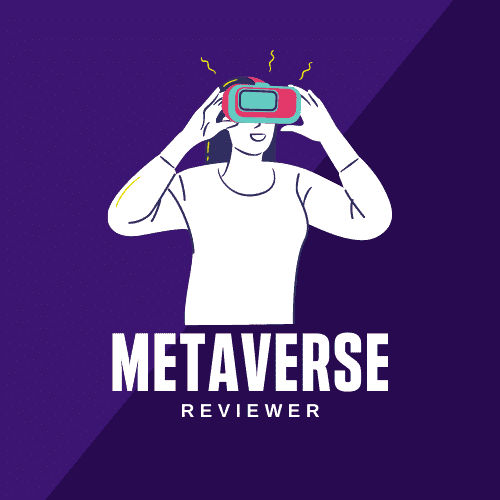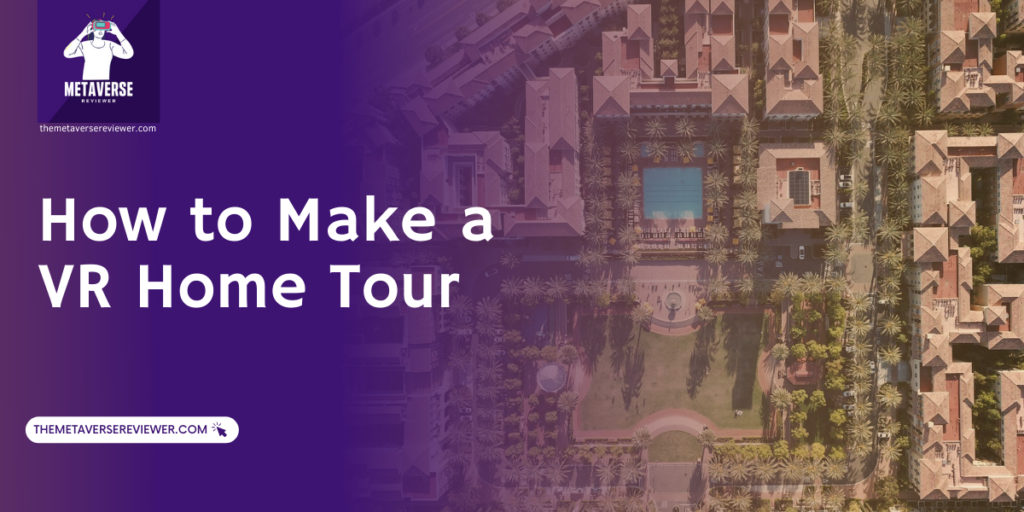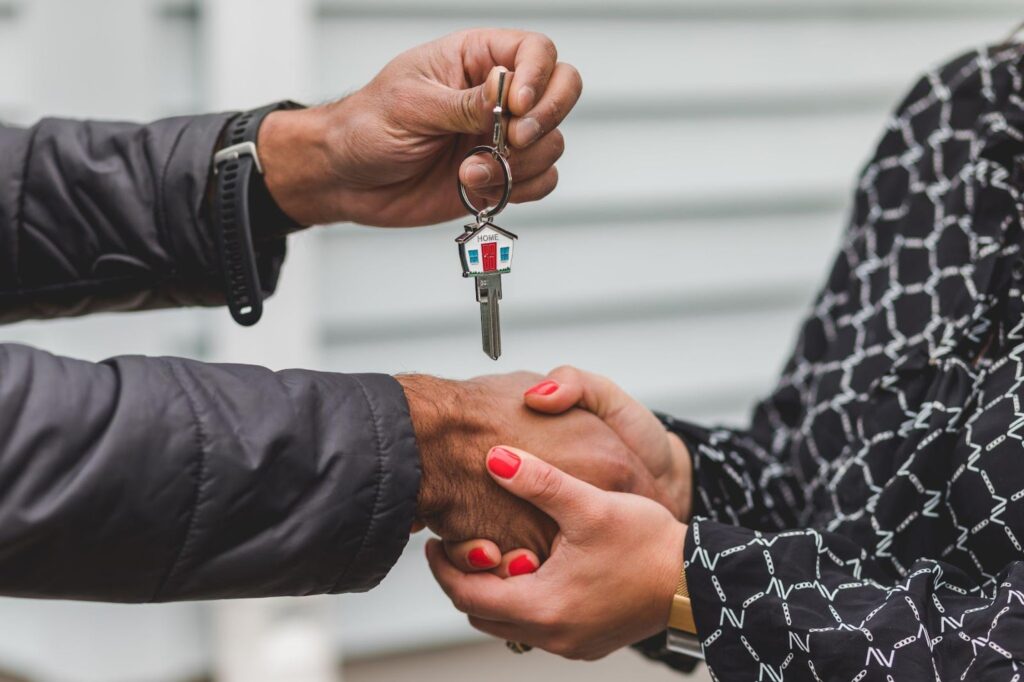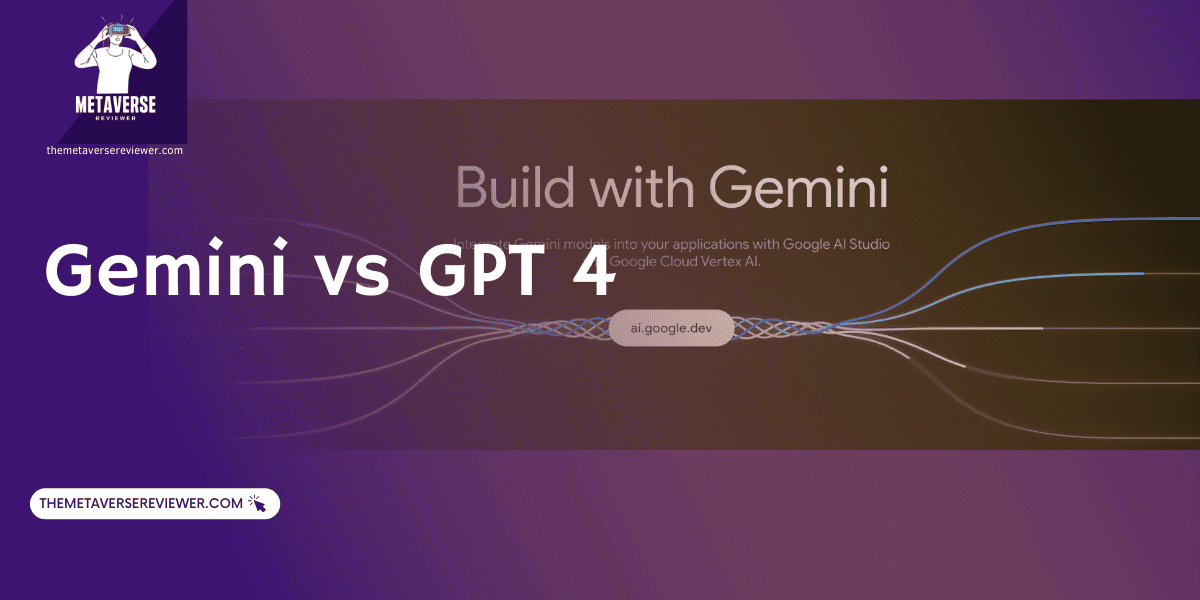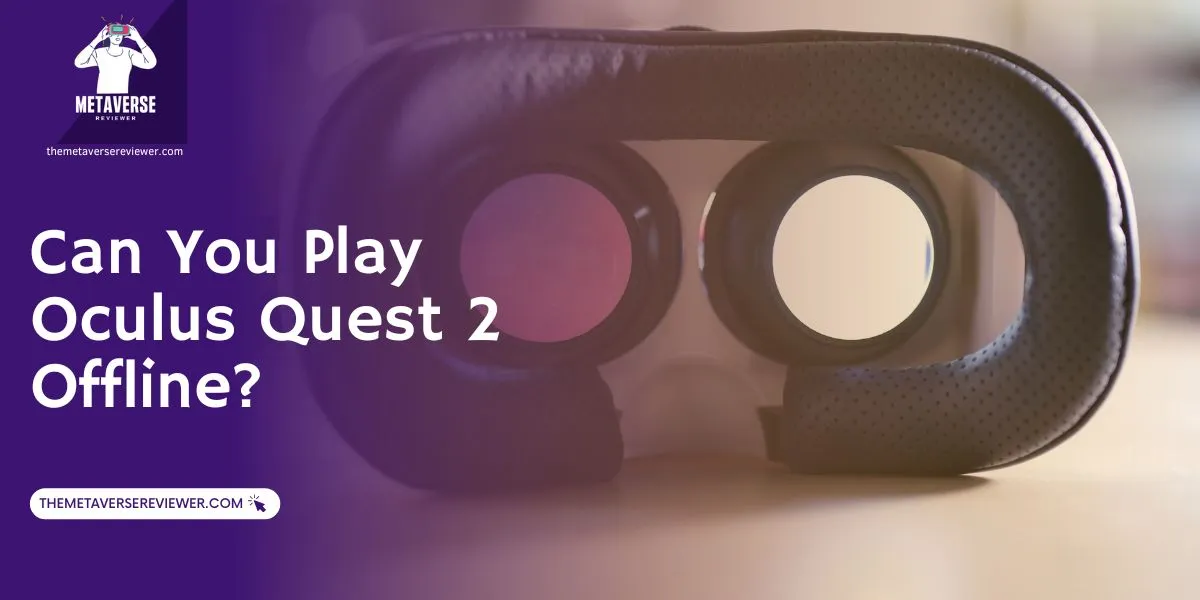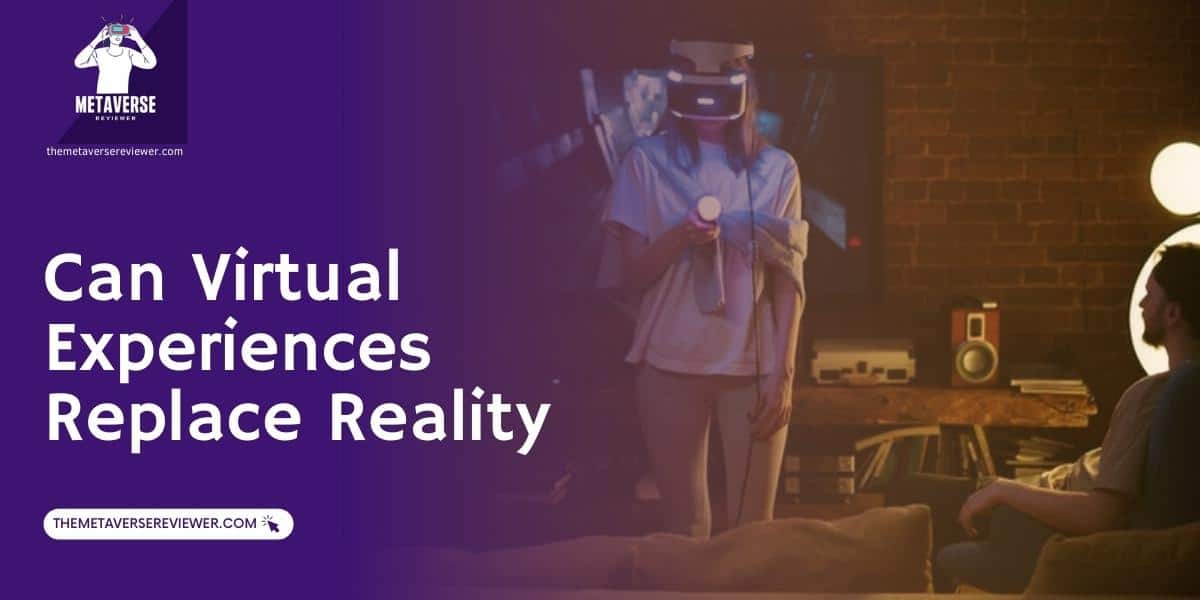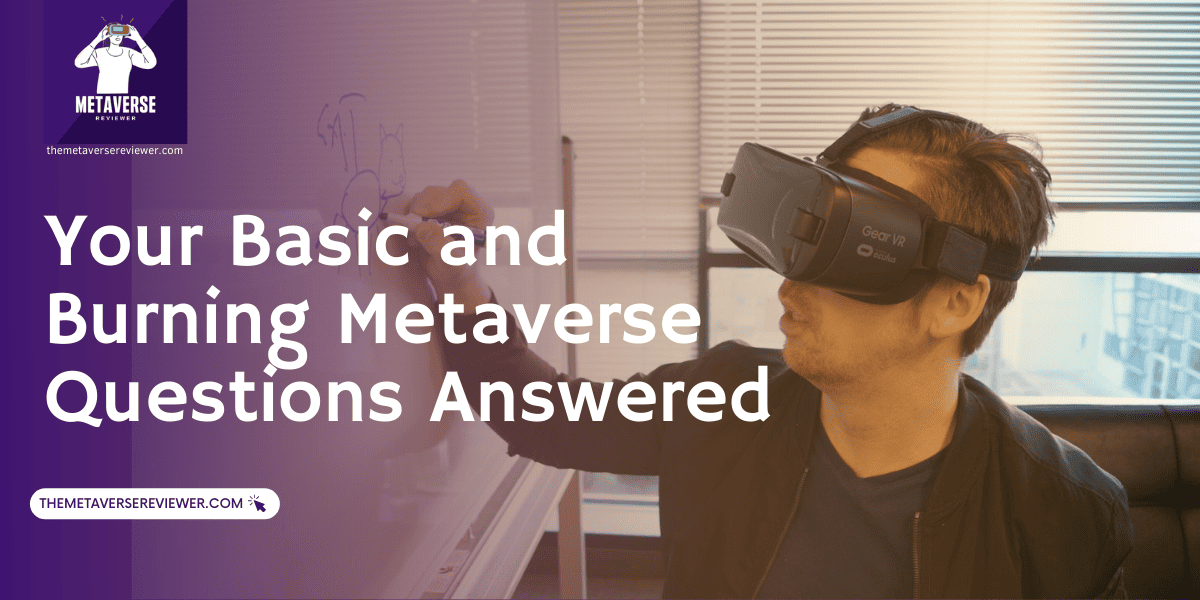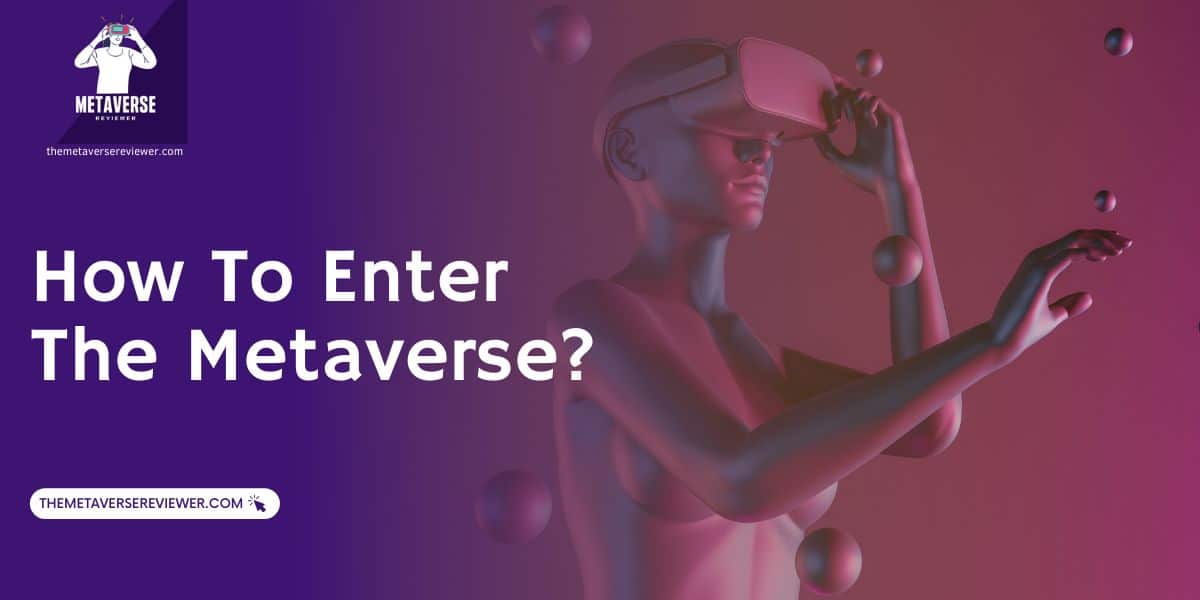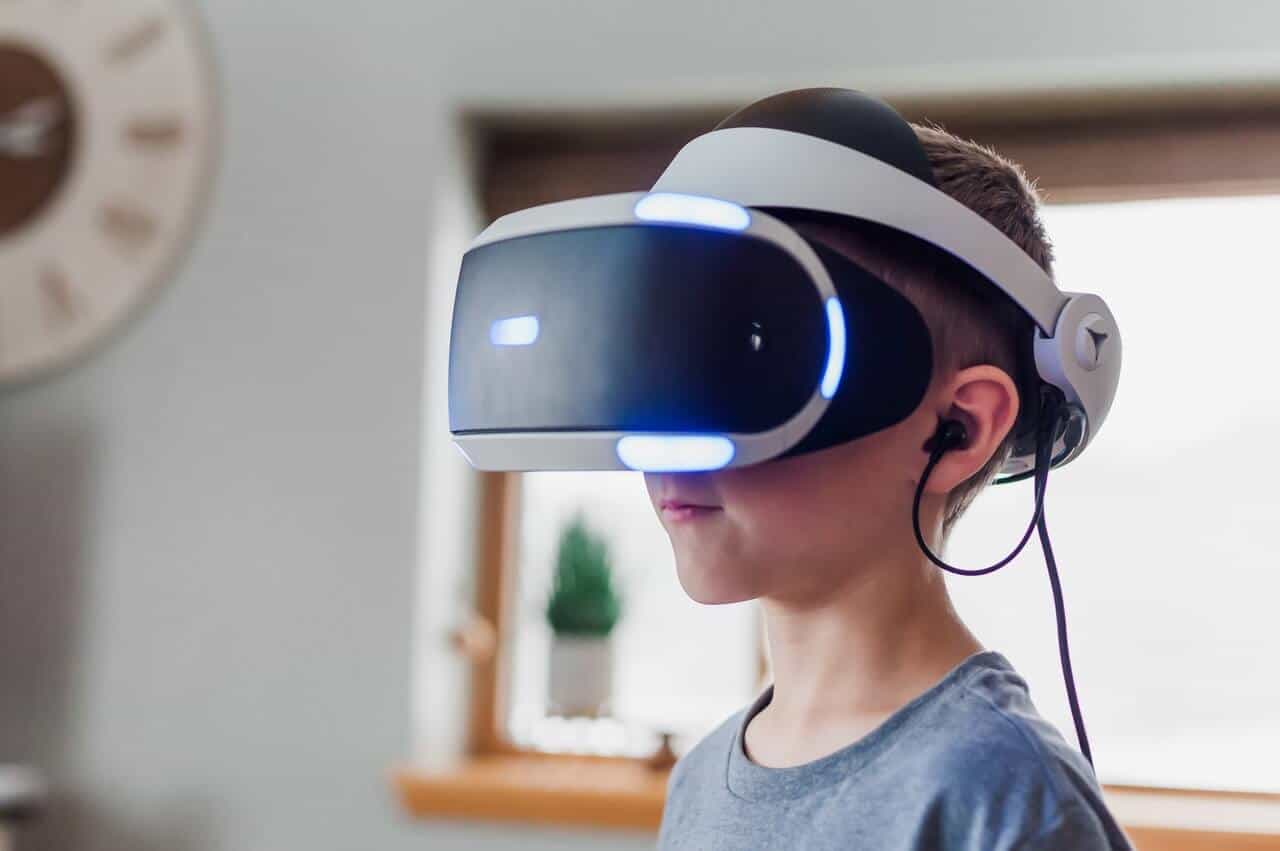As the digital era continues to shape various industries, the real estate sector is no exception. One innovation stands out – Virtual Reality (VR) home tours reshaping our understanding of home buying, and proving that, sometimes, to see the future, you might just need to put on a headset or simply use your desktop or mobile device to explore properties from the comfort of your own home. As we delve into the nuances of creating, marketing, and leveraging VR home tours, it becomes clear that they are setting a dynamic stage for the future of real estate marketing.
Why VR Home Tours are Becoming so Popular?
Virtual Reality (VR) home tours are surging in popularity for a myriad of reasons.
Foremost among these is the level of immersion and interaction they offer. VR home tours provide potential buyers with a 360-degree view of the property, allowing them to explore every nook and cranny at their own pace and from the comfort of their own homes. This transcends the limitations of static images or video tours, delivering a more comprehensive understanding of the property’s layout and feel. And according to Realtor.com statistics, the listings that contain virtual tours generate 87% more views than home listings without tours, and 54% of buyers avoid clicking on listings of properties that don’t have any virtual tours available on their pages.
Another significant factor is the convenience VR home tours offer. In an increasingly busy world, the ability to virtually tour a property at any time and from any location can be a game-changer. This is particularly advantageous for long-distance or international buyers who may not have the opportunity to visit each property in person.
The COVID-19 pandemic has also played a role in the rising popularity of VR home tours. As social distancing measures limited physical property viewings, VR tours emerged as a safe and effective alternative. They minimize contact while allowing the property viewing process to continue, thereby maintaining momentum in the real estate market.
Additionally, VR home tours can be a boon for real estate agents and sellers as well. They offer a compelling way to showcase a property in its best light, potentially attracting a larger pool of interested buyers. Moreover, they can reduce the number of unnecessary physical viewings, saving both the buyer and seller time and effort.
Embarking on the journey of creating a VR home tour might seem daunting, but with the right approach, it becomes an engaging process. Up next, we’ll delve into the key steps required to to build an immersive and interactive VR home tour that truly encapsulates the essence of a home.
Steps for Creating a VR Home Tour
Creating a VR home tour is a complex process, but with the right tools, it can be quite easy and straightforward. Some might say it is akin to preparing for an immersive theatrical production, and here’s why.
Preparation and planning for the VR tour
Creating a VR home tour requires meticulous planning, a clear vision, and a great deal of preparation. The end goal? To provide a memorable and engaging interactive journey that pulls a real-world location into the digital sphere. This doesn’t mean just replicating what one might see in real life, but also crafting an experience that engages multiple senses and provides additional layers of interactivity that wouldn’t be feasible with a simple physical walkthrough.
The planning process begins with a comprehensive overview of the location by visiting the site in-person and conducting extensive research as well as learning about its history and unique features. Understanding its emotional resonance is crucial to be able to replicate the location faithfully, and in a way that doesn’t just provide an immersive and interactive experience for the user but also to inject the right ‘vibe’ into the digital version home tour. Designing a VR tour is not merely about duplicating the visual aspect, but it’s also about incorporating layers of rich information and interactive features, making the tour a unique blend of entertainment and education.
Capturing and editing the VR tour
Capturing and editing are critical stages in the virtual reality (VR) tour development process, where a physical space begins its metamorphosis into a vivid, sensory-rich virtual world. Not any camera can do this—it’s a mission that demands specialized equipment capable of capturing high-resolution 360-degree visuals. But high-tech gear is only part of the story (not any less important – we’ll cover it below). It’s truly the sharp eye and creative mind using the camera that can make a place come alive in the virtual world.
Getting the material for a VR tour is all about taking a good look around and paying attention to the big and the small. You will need wide shots to show off the scenery but also close-ups to show what makes a place special. It’s about getting the beauty of a wide-open landscape and the details on a statue, the buzz of a busy market, and the peace of a hidden corner. And it’s not just about the visuals because sounds matter too. Real sounds, like birds singing, leaves rustling, or city noises in the distance, can really bring the VR tour to life and make the visuals even more impressive.
After capturing all the images, videos, and sounds, the next part is editing. This is where it all starts to come together. You take all these pieces, and you start making a story out of them, just like putting together a jigsaw puzzle, where each piece is a bit of footage or sound. But instead of just copying reality, you’re making it better by adding context, explanations, and ways for the user to interact with the tour. A good VR tour is a careful selection of giving information and letting users explore by themselves. You guide them but also let them wander. This careful editing is what makes a VR tour not just look and sound good, but also makes it fun and interesting for the users.
Publishing and distributing the VR tour
In the process of crafting a Virtual Reality (VR) home tour, capturing and editing your content are only half the battle. Once you have your perfectly designed, interactive tour, the next crucial steps are publishing and distributing your masterpiece to reach your intended audience effectively.
The publishing phase is your stepping stone to showcasing your VR tour to the world. It is the process of making your VR tour accessible on the internet for potential viewers. Several dedicated platforms are specifically designed for hosting VR content, such as Matterport, Kuula, or Roundme. While these platforms may differ in features, the uploading process is usually straightforward. You’ll need to upload your tour, furnish it with a compelling title and a descriptive summary, and ensure it’s correctly tagged for ease of searchability. Remember, your title and description are often the first interaction potential viewers have with your VR tour, so it’s vital to make them count.
Distributing your VR tour effectively is paramount in ensuring it reaches your intended audience. This involves employing various marketing strategies to get your tour in front of as many potential viewers or buyers as possible. Share the link to your tour on your social media channels, and consider using a captivating snippet of your tour as a teaser. If you have an email list, craft a compelling newsletter highlighting the VR tour. Collaboration is another powerful tool – consider partnering with real estate influencers, local businesses, or bloggers to amplify your reach. For targeted audience distribution, you might use paid promotion options available on platforms like Google Ads or social media platforms.
In essence, the journey of creating a VR tour doesn’t end with design and editing. Publishing and distributing your VR tour effectively is key to ensuring your immersive creation reaches the screens of potential buyers and delivers the impact you desire.
Tools and Technology for Creating VR Home Tours
Diving into the technological prowess that brings VR home tours to life, we find an impressive array of tools and software at our disposal. The heart of a VR Home Tour is the hardware—specifically, the VR camera. From a selection of 360-degree cameras like the Insta360 One X to more advanced options such as the Matterport Pro2, each offering distinct features – there is a wide variety to suit different budget levels and technical needs. These high-tech gadgets capture every nook and cranny of a property, ensuring a comprehensive and immersive tour.
Yet, it’s not just about the hardware. The magic truly comes alive in the software and VR platforms that process these panoramic shots into interactive home tours. Software solutions such as Zillow 3D Home and Cupix are used to stitch together images, create floor plans, and add interactive elements, enabling users to navigate seamlessly from room to room. VR platforms, on the other hand, act as the stage where these tours are hosted. Platforms like Matterport, Zillow, and Realtor.com offer user-friendly interfaces for both agents and home buyers, facilitating not just the viewing but also the sharing and marketing of these VR Home Tours.
Best Practices for Creating a VR Home Tour
In the rapidly evolving world of real estate, Virtual Reality (VR) home tours have emerged as a game-changing tool that promises to offer potential buyers a truly unique and immersive experience from anywhere in the world. To maximize the desired impact of the VR home tours on potential buyers, it’s crucial to adhere to industry best practices. The following guidelines will explore how to create an immersive and interactive experience, how to promote the VR tour effectively, and how to ensure a seamless user experience.
Design Tips for Creating an Immersive and Interactive Experience
Creating an immersive VR home tour requires more than just a basic understanding of the technology. It’s about creating a sense of presence, a feeling of being “there”.
Here are some tips to achieve this:
- Use High-Quality Visuals: The image quality can significantly influence the user’s experience. Ensure you use high-definition, 360-degree photographs or videos for a realistic experience.
- Focus on Lighting: Just as in photography, lighting plays a crucial role in VR. Properly lit environments can improve the visual quality and bring out the true colors and details in a room.
- Capture All Angles: Don’t just limit yourself to a straight-ahead view. Capture the ceiling’s design, the flooring pattern, or any other angle that could give a comprehensive view of the space.
- Introduce Interactive Elements: Let users engage with the environment by clicking on items of interest to learn more or ‘walking’ through the space as they would in reality.
- Offer Different Viewpoints: Provide options for users to ‘move’ to different parts of the room, giving them a sense of control and exploration.
- Use Spatial Audio: Include relevant ambient sounds to make the virtual tour more immersive and realistic.
- Add Info Tags: Use pop-up info tags to provide additional information about the property’s features, history, or neighborhood.
- Create a Guided Tour Option: For those who prefer a more structured experience, offer a guided tour option where users can follow a suggested path.
- Consider Virtual Staging: Show the potential of the space by virtually furnishing it. This can help viewers visualize the property as a lived-in home.
- Incorporate a Floor Plan: Give viewers a birds-eye view of the property layout, helping them understand the space and its flow.
Marketing strategies for promoting the VR tour
Marketing a Virtual Reality (VR) home tour goes beyond just sharing the tour’s link and hoping for the best. It’s about adopting strategic methods to ensure your tour reaches the right audience and piques their interest enough to explore further. Implementing effective marketing strategies can significantly improve the reach and impact of your VR home tour.
Here are some additional marketing strategies to consider:
- Use Search Engine Optimization (SEO): Optimize your VR tour’s title and description with relevant keywords to improve its visibility on search engines.
- Host a Virtual Open House: Organize a live-streamed open house where you guide viewers through the tour, providing real-time commentary and answering questions.
- Create a Promotional Video: Produce a short, exciting video highlighting the best features of your VR tour. Share this on your website, social media, or YouTube.
- Leverage Local Media: Reach out to local news outlets or blogs to cover your innovative use of VR in property marketing.
- Use Paid Advertising: Consider investing in paid advertising on platforms like Google Ads or social media sites to target specific demographics and improve your tour’s visibility.
- Cross-Promote: If you’re using multiple marketing platforms, ensure they cross-reference each other. For example, a visitor to your website should easily find links to your social media profiles and vice versa.
- Engage with Your Social Media Followers: Regularly engage with your audience on social media. Reply to comments, join relevant discussions, and show appreciation for shares and likes. This engagement can improve your social media visibility and make your audience feel valued.
- Track and Adjust: Use analytical tools to track the effectiveness of your marketing strategies. Monitor click-through rates, time spent on the tour, viewer feedback, and more. Use this data to adjust your marketing approach as needed.
What does the Future of VR Home Tours look like?
As we conclude this exploration of VR home tours, it’s worth taking a moment to reflect on the impact these technological marvels have on the future of the real estate industry.
The immersive and interactive nature of VR home tours represents a fundamental shift in how properties are showcased and experienced. No longer confined by geographical barriers, potential buyers can now tour a property from the comfort of their own homes, no matter where they are located. This expansion of reach is a boon for real estate agents and sellers alike, broadening their prospective market considerably.
Looking forward, the future of VR home tours appears bright and promising. As VR technology continues to advance, we can anticipate even more immersive and interactive home tours. Future enhancements may include virtual staging capabilities where users can personalize the décor or even simulate different times of day to see how the lighting changes in a room. All these serve to give a more rounded, personalized experience of the property.
Furthermore, as VR becomes more mainstream and accessible, more potential buyers will be equipped to experience VR home tours. This increased adoption is expected to drive demand for more and better VR content in the real estate industry, cementing VR home tours as a standard, not just an optional extra.
The impact of VR home tours on the real estate industry is profound. They not only enhance the home buying experience but also provide agents with a powerful tool to showcase properties in their best light. Through VR home tours, the industry is better equipped to cater to the demands of a digitally-savvy audience, setting the stage for an exciting future in real estate marketing.
The revolution is here: VR Home Tours are reshaping our understanding of home buying, proving that sometimes, to see the future, you might just need to put on a headset.
- Oculus Rift DK2 Review – All Features, Why Discontinued? - November 8, 2023
- Best Metaverse Games for 2024 - July 10, 2023
- How to Factory Reset Oculus Quest 2 - June 24, 2023
